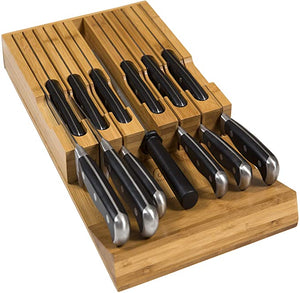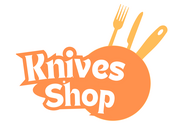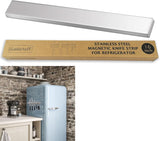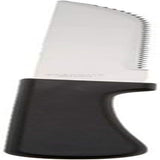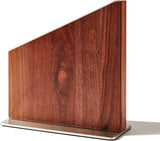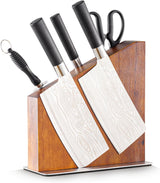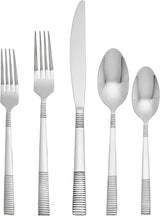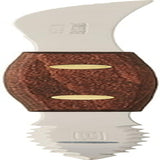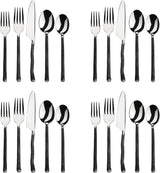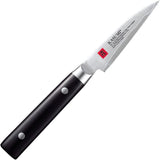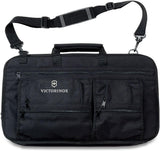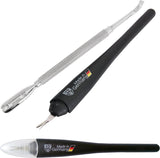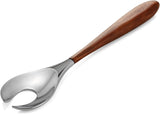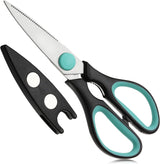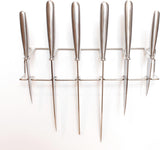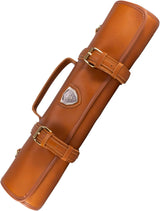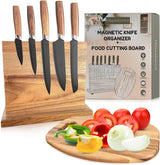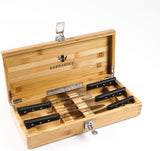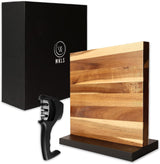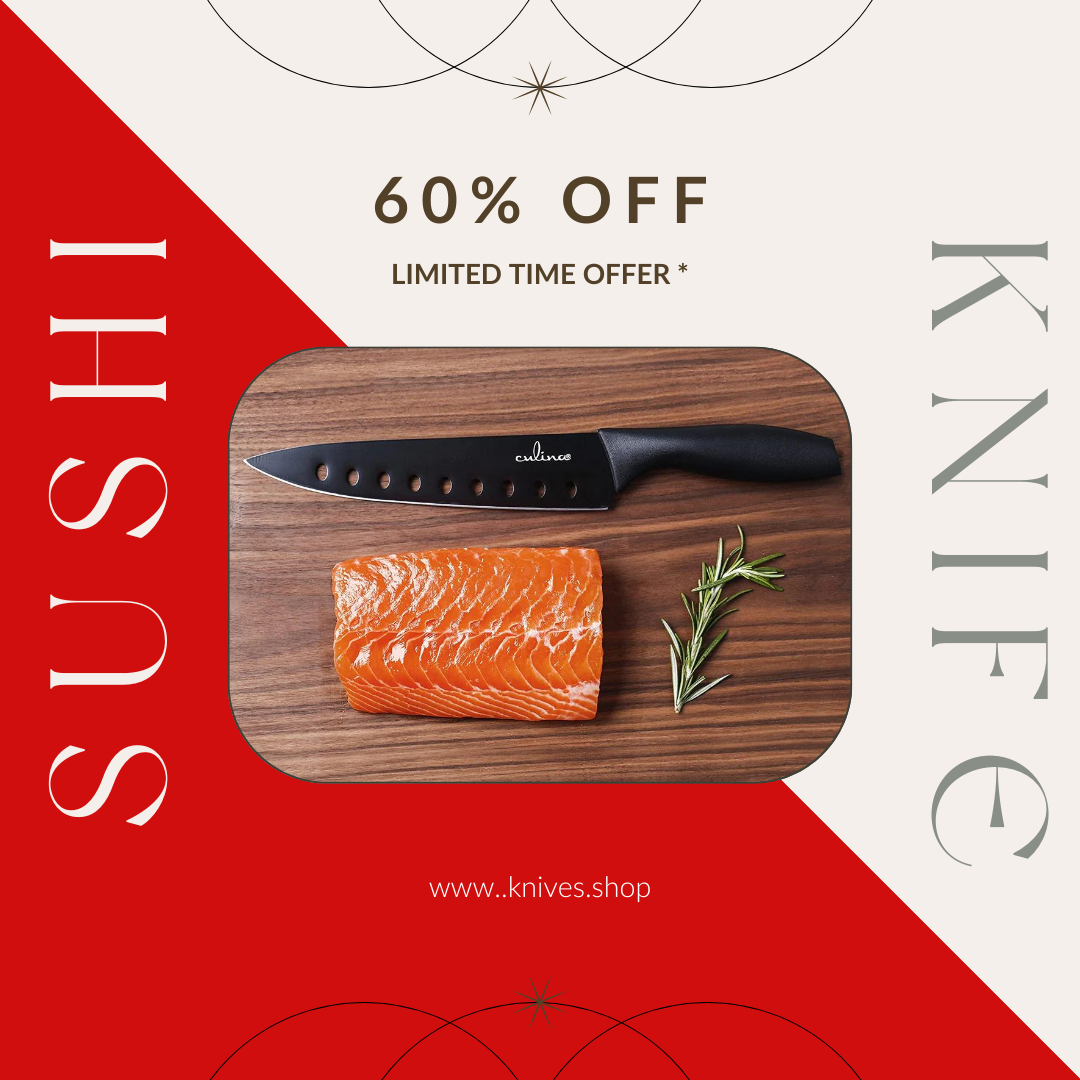Here's how to purchase the cutting board that's best for you from a variety of materials, including compacted paper, plastic, wood, and more!
How long do you spend each day bent over a cutting board? Even if it's only for, say, 15 minutes, the time adds up over many weeks. You deserve to spend it curled up next to a cutting board you love—one that responds well to your chopping motions and is the right size for the job.

When choosing a cutting board, there are many things to keep in mind as it is such a straightforward tool. A cutting board can look harmless, but if used improperly, it might become one of the kitchen objects with the highest bacteria counts.
Here are some tips to choose the right type of cutting board as well as how to maintain it clean and safe.
Types of Cutting Boards and Their Uses
End Grain and Edge Grain Wooden Cutting board
Both edge grain cutting board and end grain cutting board are made of wood, and each has advantages and disadvantages.
EDGE GRAIN
End grain styles are crafted from wood that has been sawed along the grain. This indicates that the board's top has lengthy wood fibers. Because they are often the cheapest, edge grain boards are the most popular kind of wood cutting board.
Due to the long wood cutting board fibers' limited give beneath the knife's blade, edge grain boards are more prone to retain scars from the blade. This is also the reason that edge grain wood is thought to be slightly more resistant to knife damage than end grain wood.
END GRAIN
Edge grain styles are created by joining pieces of wood with different cross sections. As a result, the head of the board displays the wood's rings rather than its length as seen from the side.
End grain boards are frequently several inches thick, and since they are more expensive to produce than edge grain boards, they nearly always cost more.
End grain boards have fewer grooves because their wood fibers recover from usage more quickly than edge grain boards.
End grain cutting boards are stronger in that regard. Additionally, because the wood fibers are more flexible, it is kinder to blades.
An end grain cutting board is, however, possibly more prone to moisture if not properly cared for because several pieces of wood are bonded together to create one. Because wood cut against the grain retains more moisture than wood cut with the grain, this is the case.
Dense Hardwood Cutting Boards
Wood cutting boards are secure, kind to blades, and durable with proper maintenance. Wood cutting boards come in a wide variety of costs, from inexpensive ones that run about $20 to substantial ones that cost well over $200.
The most durable cutting boards are made from dense hardwoods such as walnut, cherry, teak, and beech. These woods' smaller pores prevent bacteria from entering the board's surface and make it more difficult for blades to cut grooves in which bacteria may hide. Additionally, antibacterial substances like tannins are found naturally in the wood.
Never put wood cutting boards through a dishwasher. You'll make a mess. Wood boards will break and distort at high heat and with abrasive detergents.
Bamboo Wooden Boards
Cutting boards made of bamboo, a grass, are less costly and more environmentally friendly than wooden ones. A bamboo board is quite light, but if you take care of it, it will last a very long time. Cutting boards made of bamboo range in price from $10 for good ones to $150 for heavy ones.

Bamboo cutting boards are available in end grain and edge grain varieties, much like wood. The price of end grain is higher.
Due to bamboo's greater hardness compared to wood, bamboo boards will cause your knife to dull more quickly.
However, if you desire the appearance of wood with the added benefit of sustainability, they might be an excellent budget option. Similar to wood, bamboo cutting boards need to be frequently oiled and should not be put in the dishwasher.
Plastic cutting boards
The plastic cutting board comes in a wide range of sizes, hues, and designs. They are a cost-effective alternative that won't cause blades to dull and, with proper care, won't warp or shatter. For anything simple, budget under $10, and for a high-end commercial model, budget up to $100.
A cutting board made of wood or bamboo will endure far longer than plastic cutting boards. As a result of self-healing, the fibers of wooden boards recover partially from a knife's edge.
Every cut made to a plastic cutting board's surface remains there in perpetuity. In light of this, wood cutting boards may have superior antibacterial qualities than plastic ones, contrary to what we have been led to think.
Composite Cutting Boards
You may have the best of all worlds with composite cutting boards. They don't protect your knives quite as well as wood, but they are dishwasher-safe, almost impervious to stains, don't need oiling, and are available in a variety of sizes and designs.
Try one of these if you enjoy using hardwood cutting boards but would rather have something simpler to maintain and equally sturdy. They range from $20 to $60 in price.
Avoid these Cutting Board Materials
Cutting boards made of glass, marble, granite, or Corian are not advised. Because of how rough these surfaces are, your knife will rapidly get dull.
What to Take Into Account When Choosing a Cutting Board?
You may have heard a variety of assertions that specific cutting board styles are dangerous. Any cutting board material is secure as long as you follow the advised methods for handling food and maintaining cleanliness.
Here are the factors to check when selecting a board.
- Your knife will become dull if it is used on a harder surface.
- You need to know if your knife is easy to clean.
- Check if it is easy to maintain.
- Cost of each knife.
- Consider the durability of your knife.
- Does it occupy much space?
Tips to Choose the Right Cutting Boards
If you are worried about cross-contamination, use multiple cutting boards for various types of food. To make it simple to distinguish between different foods, you may purchase sets of colored plastic cutting boards.
If you cook frequently, keep a variety of sized cutting boards available. Use a small one for short tasks like slicing fruit, and a large one for larger items like winter squash or deboning a whole chicken.
Get a sturdy cutting board if you're tall. Your work surface is raised as a result, reducing the amount of bending over. It's all about ergonomics and may significantly impact how comfortable you are on days when you prep a lot.
Are you sick of drinks spilling across the counter? When you cut highly juicy fruits and vegetables, such as tomatoes or melons, or slice hot cooked meat, liquid gathers in this trench, which is located inside the board's border.
A shallow or narrower juice groove won't contain much and is primarily decorative.
Cutting boards with built-in handles might be a little annoying. Although they are excellent for easy grasping or suspending for storage, when you cut, food crumbs may fall into the open area and cause a little smear.
A handle effectively reduces the size of your cutting board because you can't utilize that space for a cutting surface.
Flexible plastic cutting boards are fragile and won't last very long, but their fragility is a benefit since you can bend them to create a funnel to pour food directly into a bowl or pan.
If you want to chop and prepare meals using a round cutting board, make sure it is large enough so that you have room for both your hands and the knife's blade without running the danger of getting hurt.
Safety Tips While Handling Cutting Boards
Clean your board after every meal: After chopping any food, it's a good idea to thoroughly clean your board. It is safer, facilitates cleanup, and prevents flavors from transferring to the board.
Any cutting board may be cleaned by giving it a hot, soapy wash after each usage. Rinse well and let dry naturally or completely with clean towels.
Periodically sanitize: The USDA food safety advises mixing one tablespoon of regular liquid chlorine bleach for each gallon of water to sterilize cutting boards. Apply the solution liberally on the cutting board and let it stand for a while.
Rinse well with water, then pat dry with a fresh towel or let air dry.
Follow a proper chopping order: Remember to chop raw vegetables and fruits first, followed by raw meat and fish while preparing food.

You can prevent cross-contamination by doing this. On a cutting board that has recently been used to prepare raw meat or fish, germs that cause food-borne diseases can easily be transmitted while preparing ready-to-eat items.
FAQs
Do several kinds of wooden cutting boards exist?
Wooden Cutting boards are made of maple, oak, and cherry wood. The longevity of these wooden cutting boards is particularly lengthy for walnut, cherry, and maple.
It is easier for the knives to make grooves in the wood where bacteria may be located since the wood prevents microbes from allowing germs to enter the vessel.
What kind of cutting board is the cleanest?
Hardwood is more bacterial-resistant than other types of wood. Hardwoods, such as maple, can have incredibly thin grains that absorb liquid through capillary action, trapping microorganisms that are then destroyed when the drywall dries after washing.
What kind of material works best for a cutting board?
Cutting boards that can be easily cleaned without harming or dulling knives are the best. They are typically made of bamboo, plastic boards, rubber, or hardwood. The edges of the wood cutting board are excellent since they are guarded and challenging to use.
What three kinds of cutting boards are there?
There are mainly three different cutting boards: Wood cutting board, Plastic cutting board, and Bamboo cutting boards.
